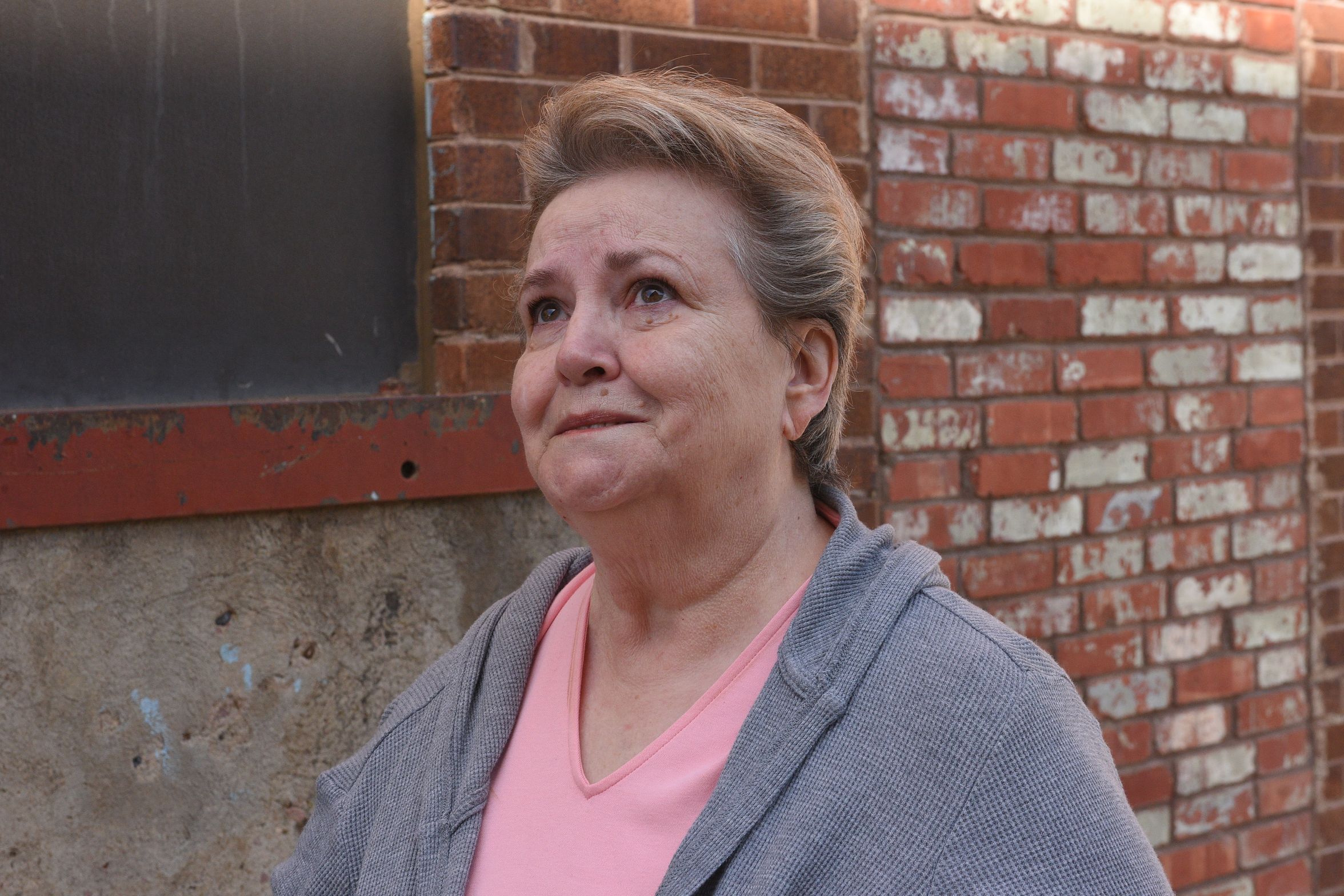Native American Victims of Sex Abuse at Catholic Boarding Schools Fight for Justice
By Patrick Anderson
Even after her lawsuit was felled in 2010 when South Dakota lawmakers passed a last-minute bill to tweak the state’s statute of limitations, taking away the ability of abuse victims older than 40 to pursue legal action against institutions responsible for their trauma, Aamot continues to share her story. She does wonder, though, if anyone is willing to listen. “I’m going to fight until my dying day,” she said. “I’m going to fight so this doesn’t happen again.” Aamot and other Native American abuse victims are still without answers after recent attempts at transparency by South Dakota’s Catholic authorities. In line with dioceses around the country, the Catholic Diocese of Sioux Falls in March named 11 priests accused of committing child sex abuse between 1950 and 1992. But there was no mention of Catholic educators accused by dozens of former students of perpetrating horrific acts of physical and sexual abuse during the course of decades at the Catholic Church’s network of reservation boarding schools. There was no mention of the men who haunt Aamot’s memory. Sioux Falls diocese officials declined to discuss any allegations of problems at the Catholic-run mission schools. Chancellor Matt Althoff said he encourages victims to reach out to the diocese for help. "I welcome them to come forward,” Althoff said. "They can be assured confidentiality, they can be assured they will be offered assistance." Former Sioux Falls priest: Time to think differently about clergy What the diocese did and didn't do During the course of several lawsuits filed between 2004 and 2010, the diocese maintained it was not responsible for what happened at the Catholic-run schools such as St. Paul’s, St. Joseph’s or the Tekakwitha Orphanage in Sisseton. This included the lawsuit filed by Aamot and eight of her sisters against church authorities in Sioux Falls. But, Aamot’s lawsuit and others involving abuse claims from dozens of victims hit a roadblock when South Dakota lawmakers passed and then-Gov. Mike Rounds signed a last-minute law change in 2010 that altered the statute of limitations, greatly restricting the ability of any victim age 40 or older to file civil lawsuits against those responsible for their abuse. Unable to pursue legal claims against the diocese or other Catholic institutions in the state, victims return each year to Pierre hoping to undo the 2010 law. Instead of finding solace in the Sioux Falls diocese’s admissions this month, they found only disappointment and frustration. Their abusers remained unacknowledged by the state’s Catholic leaders. Michelle Dauphinais Echols, an attorney who does advocacy work for some of the South Dakota victims, isn’t sure why there is still a lack of accountability from the church for what happened to those boarding school students. She oversees the advocacy group 9littlegirls, named after Aamot and her sisters. “We continually are left out of this picture,” Echols said. “Even now, as names are being released on a national scale, once again, we’re being left out.” Those named by Sioux Falls church leaders were only those who worked in parishes, including a few who taught at O’Gorman High School in Sioux Falls and had already been named in civil and criminal cases. Even then, the information released by the Sioux Falls diocese wasn’t as thorough as similar releases from dioceses in Rapid City and across the country. There were no assignment records included for any of the 11 named priests. The release from the diocese also left out any names of religious order clergy, even though the diocese has admitted to having records of abuse allegations against those priests. It was the religious orders, such as the Benedictines, that were responsible for operating the Native American schools. In a 2003 column for the Bishop’s Bulletin, the diocese's newsletter, former Sioux Falls Bishop Robert J. Carlson said a review of diocese records showed there were five religious order priests accused of abuse going back to 1950. He didn't name the priests. The diocese has continued to decline to name any religious order priests accused of abuse, or provide more information about the priests they did name. The list of names provided by the diocese, and the letter from Sioux Falls Bishop Paul J. Swain, are addressed to the victims, Althoff said. "They know where the abuse happened," Althoff said. Aamot and her sisters are still waiting to be heard. “I want people to know what happened to their grandparents,” Aamot said.
|
.
Any original material on these pages is copyright © BishopAccountability.org 2004. Reproduce freely with attribution.
